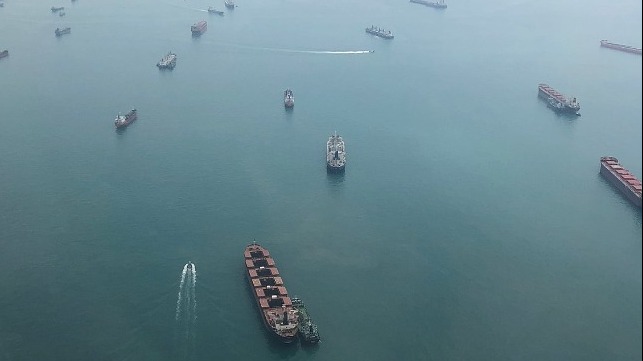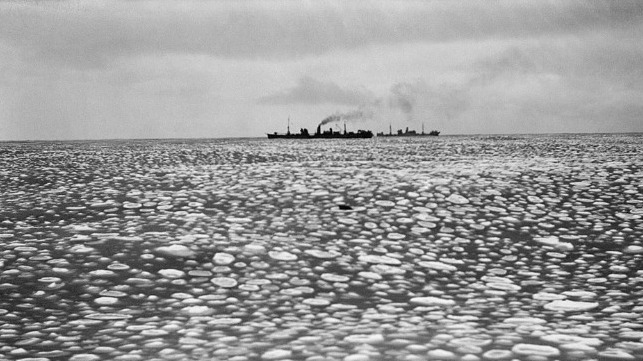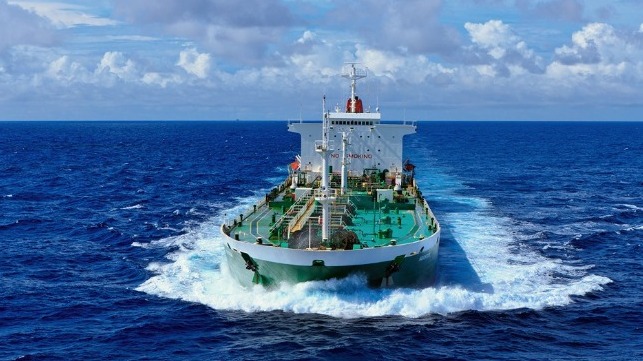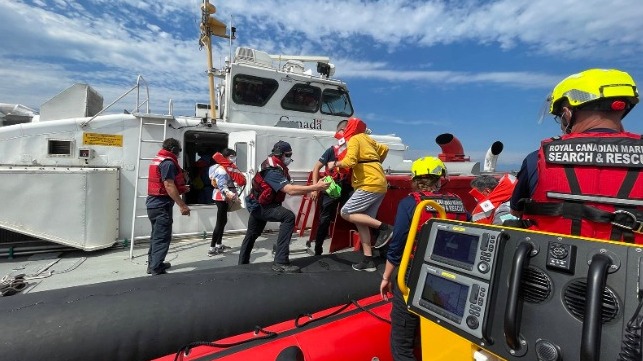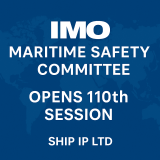Nasdaq-listed Greek boxship owner Euroseas has sealed a new charter for 1998-built 2,008 teu boxship Diamantis P.
The charter, with an unnamed client, is for a period of 36 to 40 months at a daily rate of $27,000 which represents a 315% increase on the current charter at $6,500 per day. Commencement of the new charter is scheduled for between October 5 and October 15, after the vessel completes a drydocking.
Euroseas announced the deal while releasing its latest set of results, where it posted a quarterly adjusted EBITDA of $10.3m.
Aristides Pittas, chairman and CEO of Euroseas, commented: “Containership markets, both charter rates and secondhand prices, have continued unabated their upward path that started in the fall of last year reaching all time highs in all size segments. Selected short term fill-the-gap charters have been reported in extremely high levels while long term charters of two to five years are widely offered by charterers for the various types and ages of vessels. There is no doubt that part of the near term increase in demand for vessels is fueled by the inefficiencies brought about by the effects of the Covid pandemic in the transportation system, in addition to rebounding trade growth. However, the strong demand for securing capacity for the medium and longer term can only come from expectations that vessel capacity will be in short supply in view of the expected demand. We believe that the favorable market fundamentals will continue as incremental regulatory requirements coming in 2023 will further restrict the effective supply of vessels and assist in absorbing increased new deliveries starting from the latter part of 2023 onwards as a result of recently placed newbuilding orders.
“Chartering-wise, we have pursued to-date a staggered expiration strategy which has allowed us to follow the upward path of the market having charters coming due for renewal on a rolling basis. Today, we announced the three-year long charter of our vessel, Diamantis P, at a rate of $27,000 per day which will provide us with more than $28.5 million of contracted revenues and $21 million EBITDA during the term of the charter. As the containership markets keep their present levels or continue to rise, we expect our profitability to rise as well, in addition to providing increased visibility of our earnings which now extends into next year and in 2023.”

